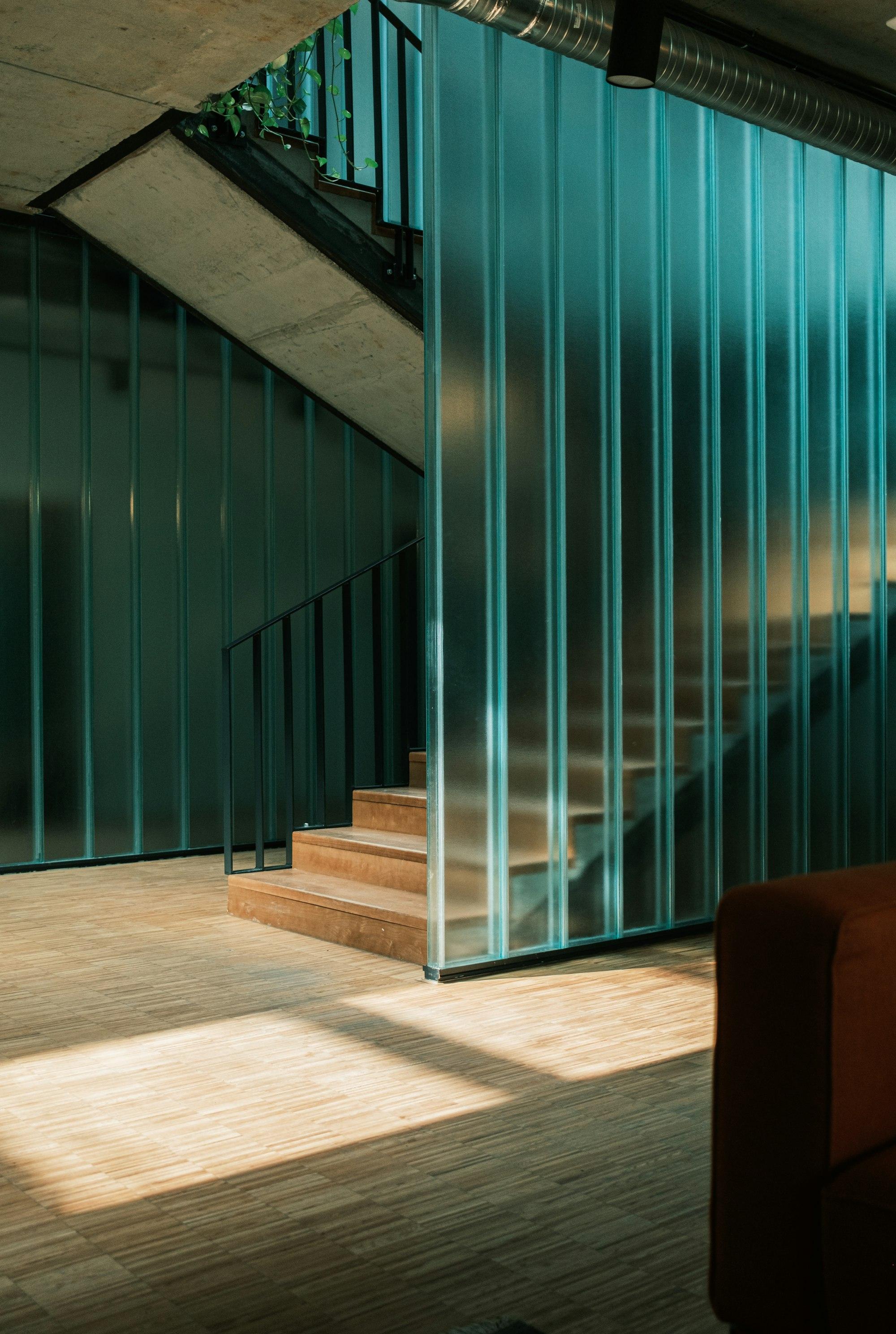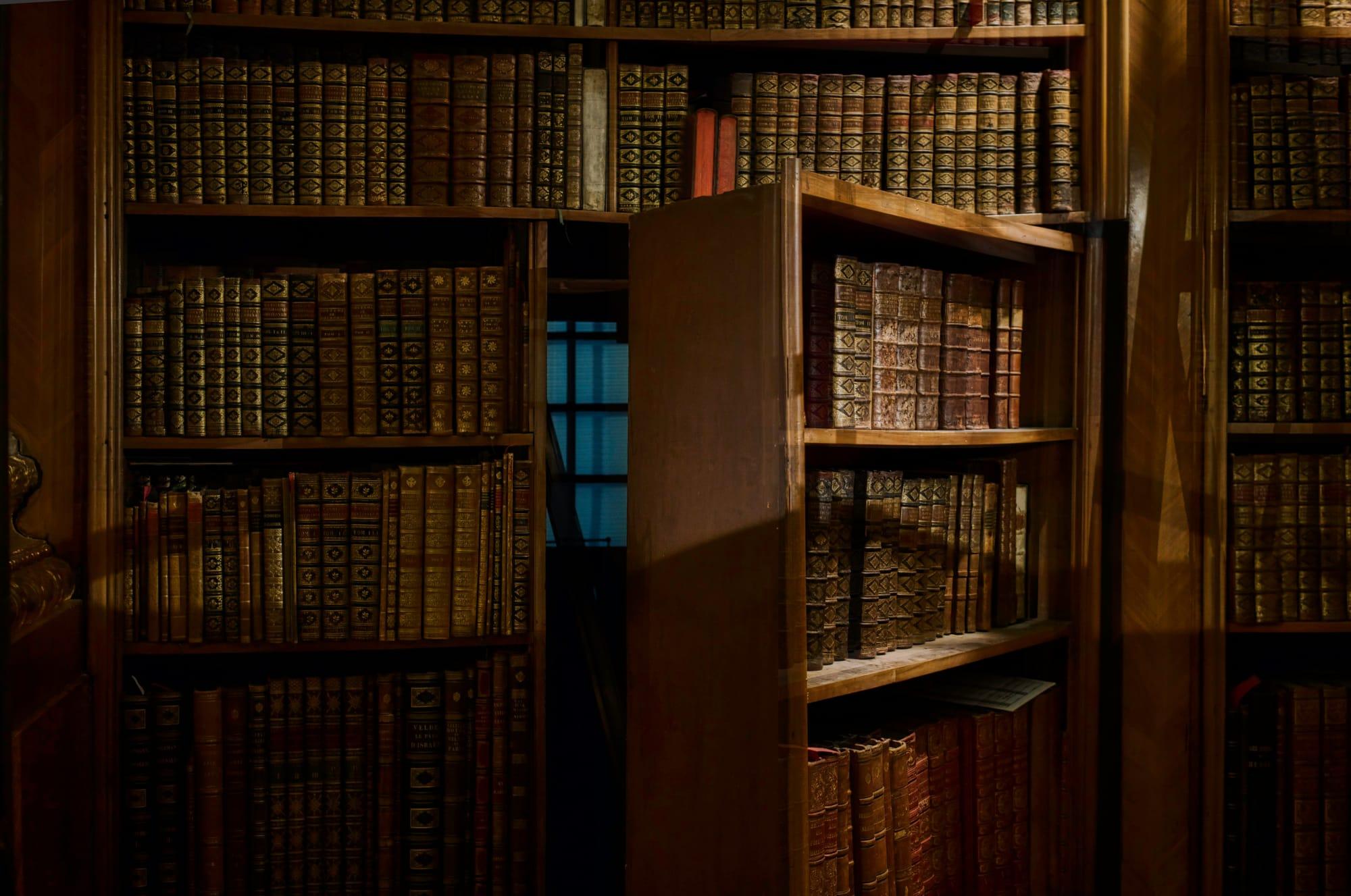Types of Flooring
Explore a variety of flooring materials, from durable vinyl and stylish hardwood to cozy carpet and versatile laminate, to find the perfect balance of style, functionality, and budget for your home.

Photo by Oleksii Piekhov
Choosing the right flooring for your home involves balancing aesthetics, durability, comfort, and budget. Different flooring materials offer unique benefits, from the warmth of hardwood to the easy-care resilience of vinyl. Understanding the properties of each type helps you select the best option for every room in your house. If you’re also planning other home improvement projects, consider reading how to choose curtains for your home to create a cohesive look and feel in your space.
Vinyl Flooring
Pros:
- Highly durable and cost-effective
- Waterproof, scratch- and stain-resistant
- Available in planks, sheets, or tiles
- Can mimic wood, stone, and other materials
- Easy to install and low maintenance
Considerations:
- Requires a higher upfront investment than some materials
- Thicker wear layers recommended for homes with kids, pets, or heavy traffic
Best For: High-traffic areas like kitchens, hallways, and even bathrooms.

Tile Flooring
Pros:
- Perfect for high-moisture areas (bathrooms, kitchens, laundry rooms)
- Long-lasting and low maintenance
- Many textures and styles, including ceramic, porcelain, and natural stone
Considerations:
- Certain stones like marble or slate need extra care
- Tile can be more time-consuming to install
- Natural stone may be more expensive and prone to staining or chipping
Best For: Bathrooms, kitchens, basements, and areas where water resistance is key.
Laminate Flooring
Pros:
- Mimics the look of wood, tile, or stone at a budget-friendly price
- Scratch-resistant, waterproof, noise-resistant, and heated options available
- Easy tongue-and-groove installation
- Great for active households with pets and children
Considerations:
- Quality varies; opt for higher-grade laminate for better durability
- Less suitable for very high moisture areas
Best For: Living rooms, bedrooms, and other high-traffic areas that need durable, stylish flooring.

Hardwood Flooring
Pros:
- Timeless, elegant appearance
- Long lifespan; can be refinished multiple times
- Adds value to your home
Considerations:
- Higher initial cost
- Natural hardwood requires more maintenance and isn’t always moisture-friendly
- Engineered hardwood offers more water and scratch resistance
Best For: Living rooms, bedrooms, dining rooms, and areas where you want long-lasting beauty and value.
Hybrid Resilient Flooring
Pros:
- Waterproof and durable like vinyl
- Offers a variety of styles, often mimicking wood or stone
- Low maintenance
Considerations:
- Newer category; quality may vary by brand
Best For: Busy households needing both durability and style, anywhere from kitchens to living areas.
Carpet
Pros:
- Warm, soft underfoot
- Provides sound insulation
- Variety of fibers, patterns, and textures
Considerations:
- Requires regular cleaning
- Not ideal for high-moisture areas
- Different piles have different durability levels
Best For: Bedrooms, family rooms, and spaces where comfort and warmth matter most.
Other Flooring Materials
- Bamboo:
Sustainable, eco-friendly hardwood alternative. Durable and strong, with various shades. - Rubber Flooring:
Moisture-resistant, sound-blocking, often used in garages, gyms, or play areas. - Gym Flooring:
Rubber or foam options designed for shock absorption, durability, and water resistance, commonly used in home gyms.
Choosing the Right Flooring
Consider each room’s function, moisture levels, and foot traffic. Think about your budget and desired style. From the elegance of hardwood to the easy maintenance of vinyl or laminate, modern flooring options offer solutions for every taste and requirement. If you’d rather not tackle installation yourself, professional flooring installers can help ensure your project goes smoothly and looks flawless.
Quick facts
What is the definition of a floor?
A floor is the bottom surface of a room, designed to support occupants, furniture, and other items.
What is the cheapest floor to put in?
The cheapest flooring options include vinyl, laminate, and peel-and-stick tiles, offering affordability and ease of installation.
What is the most durable type of flooring?
Tile and hardwood are among the most durable flooring types, withstanding heavy wear and lasting for decades with proper care.
What is the synonym of floor?
Synonyms for floor include ground, base, or surface, depending on the context of usage.
How can I cover my floor cheaply?
To cover a floor cheaply, consider using area rugs, vinyl flooring, or peel-and-stick tiles as affordable options.
What is the most popular floor coverings?
The most popular floor coverings include hardwood, tile, laminate, vinyl, and carpet, chosen for their durability and aesthetic appeal.
What are the three types of floor covering?
The three main types of floor covering are hard flooring (tile, wood), resilient flooring (vinyl, linoleum), and soft flooring (carpet).
What is the best material to cover floor?
The best material depends on your needs. Hardwood offers elegance, tile is durable, and vinyl is budget-friendly and water-resistant.

Anirudh Atodaria
Software Engineer at Spoken
Anirudh is a software engineer at Spoken. He enjoys learning new things and solving complex problems. He takes pride in making others lives easier through innovative technology solutions. While he spends most of his time immersed in coding and tech, he tries to touch some grass occasionally.
Read more

